What is innovation for us?
The Engineering BU is the historic heart of Cefla. Today, it consists of three Business Lines: EPC Contracting (Engineering, Procurement and Construction) for the management of complex large-scale works, Global Service, which performs production plant maintenance and facility management, and Energy for the construction and servicing of Fuel Cell, cogeneration and trigeneration power systems. Each of these three complementary business lines engages in its own sector-specific innovation.
In the EPC Contracting BL, innovation consists of employing AI to provide personalised services that respond to customer needs. In the Global Service BL we strive to make the most of customers’ property and plant engineering assets through effective management, thus delivering economic savings and environmental benefits.
In the Energy BL, the prime goal is to produce electricity from fossil, renewable or alternative sources to foster sustainability and reduce emissions.


The interview with Massimo Milani
Engineering Business Unit Director
What role innovation plays in each of the three Business Lines and where the greatest successes occur?
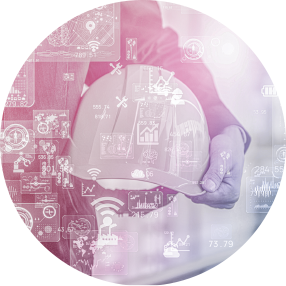
“First of all, if we look at the Energy sector it’s clear that, from an economic and social perspective, energy production management is now vitally important to everyone. In recent years there’s been a steadily maturing awareness of the need to control energy consumption. Today, in fact, the aim is to obtain – comfort levels remaining equal – economic savings while lowering emissions. Here, innovation is the key to unlocking new, increasingly sustainable electricity-generating formulas and processes.
However, this needs to be done in ways that, again, respond to market needs: this means lowering emissions to take the economy towards carbon neutrality, as required by EU development plans and the national Recovery and Resilience Plan. On this front, FUEL CELL technologies look to the future by providing low-emissions energy.
Fuel cells convert the chemical energy of the fuels into electricity and heat, but without any combustion as occurs with traditional cogeneration.
The CHP (cogeneration) version of the Bloom Energy Server™ fuel cell module produces electrical and thermal energy, raising efficiency (> 85%) and reducing in-atmosphere pollutant emissions. Power remaining equal, electrical efficiency is 20% higher, and CO2 emissions are significantly reduced.
In the Global Service area, however”, continues Milani, “we’re implementing innovations that are more service-related than product-related. Thanks to the support of AI and interpretative software, we’re able to offer our customers services that also respond to their less evident needs. This requires continuous assessment of the background situation and the nurturing of digital skills. However, it also involves planning the transfer of our traditional skills to future generations.
To conclude, in the EPC area we provide customers with close support to create complex plant engineering solutions in which new technologies respond to sustainability and energy efficiency needs.”
Do these innovations deliver tangible benefits to the market?
“Our differentiated services, solutions and management provide the market with similar, clear-cut advantages across all Business Lines: we provide people with improved comfort while significantly reducing pollutant emissions (which can also be attested by carbon footprint/energy certifications), together with considerable economic savings on the process management side.
This is why our corporate reliability is so vital to building tailor-made solutions, proactively and innovatively. Additionally, we see sustainability as mandatory innovation. This is especially so in the case of plants that emit CO2, where the pursuit of alternatives is imperative”.
The proactiveness of the Engineering BU is also evident in its pioneering choices, first and foremost the Fuel Cells: do you think this constitutes a new energy transition trend?
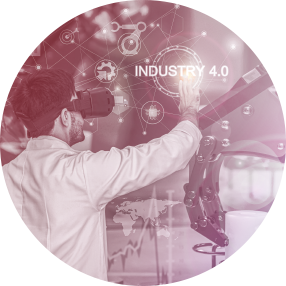
“In Italy, this is ground-breaking work. Foreign markets already have thousands of Megawatts installed, with more than 10 years of expansion underscoring the technology’s reliability. At present, Italy has installed two plants, both of them in Emilia Romagna. One is at the Ferrari plant, the other in our own factory in via Bicocca, Imola. The latter is the first-ever CHP (Combined Heat and Power) solution and allows for the retrieval of waste heat.”

The interview with Mario Gargano
Sales Manager Business Line Energy
How the customer is made the focus of design?
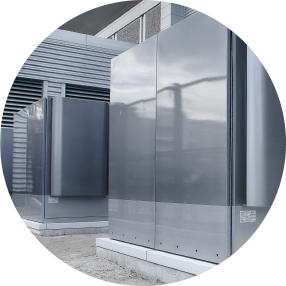
“The customer is always the focus during what we call the ‘active listening phase’ and works alongside us as we investigate every feasible solution. As our meetings with customers progress, we develop further tangible advantages in addition to the ones envisaged at the beginning of the project.”
How was this innovation designed? Is it possible to take a “creative” approach to innovation?
“Nova is a highly innovative project as we’ve combined fuel cell technology with heat recovery. This process involved close teamwork with the manufacturer to find a solution that maximises performance and reliability.
Once you’ve decided on the end result you want to obtain, the ‘creativity’ lies in analysing all viable solutions so it can be achieved in terms of materials, architecture and flexibility.”
How much has technology influenced this creative process?
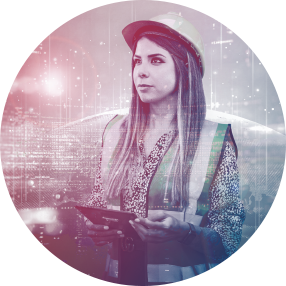
“The technology in use is already innovative in itself. Additionally, the innovation we propose lies in delivering it to the Italian market before other competitors.
This scenario means that Fuel Cells will be able to play a leading decarbonization role in the future by drawing on a mix of energies (e.g. photovoltaic, heat pumps and other, even greener, sources).”
Does Cefla collaborate with research bodies and universities in its pursuit of open innovation?
“As we’ve moved ahead, we’ve naturally established ties with research facilities and universities, with whom we’ve already begun collaborating and exchanging info. These joint efforts will allow us to assess and compare the solutions we’re implementing.”
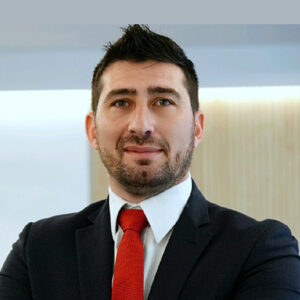
The interview with Gianluca Ronga
Business Line Global Service
How is the customer at the center of innovation strategies also in Global Service?
“Via the use of enabling technologies, the Global Service Business Line focuses on three mainstays to nurture our customers’ development. The first such mainstay is our hallmark of attentiveness to the environment and sustainability. The second consists of a focus on ICT, that is, the development of enabling technologies. Thirdly comes servitization: offering customers integrated digital services, which the Engineering Business Unit provides by acting as global system integrators.
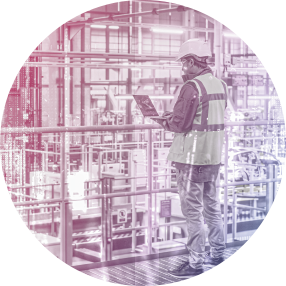
We’re moving fast to support customers in the construction of innovative IoT and AI projects in order to create smart plant management and optimisation systems (e.g. power, utility, water management, water treatment and process plants). In doing so, we provide customers with factory 4.0 logic support by optimizing integration of the various systems involved.
Our goal is to become a system integration partner for our customers. From an engineering perspective, this is vital. The extensive skills set of Cefla Engineering’s other Business Lines (EPC and Energy) lets us give the customer a near-unique ability to manage the complexity that characterises these industrial assets from construction engineering, energy sustainability, maintenance and operation standpoints.
Combining our long-standing expertise and reliability with innovative engineering makes for an extremely strong mix, especially in light of the fact that industry 4.0, sustainability and an effectively managed the Recovery and Resilience Plan will be the musts of the coming industrial developments.”
How much influence has technology had? Do AI and IoT provide innovation management support?
“It’s the technologies themselves that are enabling: in fact, by experiencing the customer’s own innovation, we can intervene at the infrastructure level. In the past, management was predominantly manual. Today, thanks to process and plant engineers, Analytics and Big Data in combination with instrumental and predictive diagnostics, it can rely on a series of technologies that streamline engineering.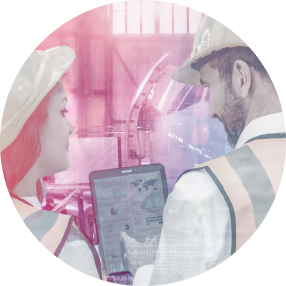
For example, we’ve developed a project to optimize energy production at the Acea Tor di Valle cogeneration plant in Rome. This could not have been done manually. This IT-managed project gives us a huge capacity to optimise data and integrate technologies for the customer.”


